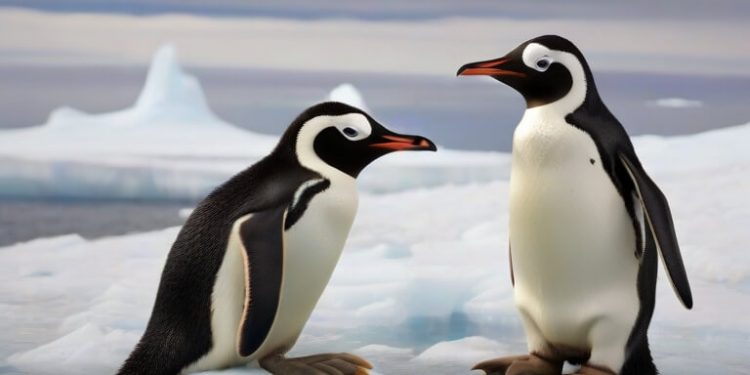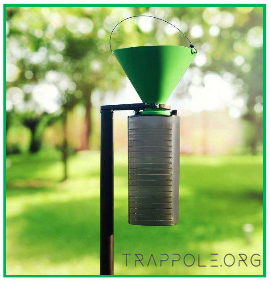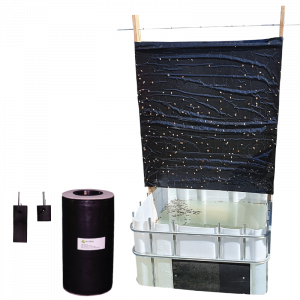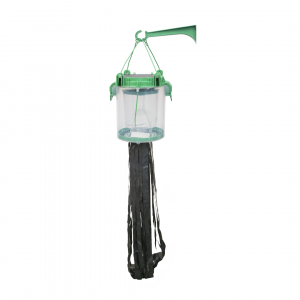Are there penguins in Alaska?
Penguins are not native to Alaska, but there have been a few sightings of penguins in the state over the years. In 1967, a group of Adelie penguins were found on the Pribilof Islands, which are located in the Bering Sea off the coast of Alaska. The penguins were thought to have been blown off course by a storm. In 2012, a single emperor penguin was found on the shores of Alaska. The penguin was believed to have been lost from its colony in Antarctica.
Although penguins are not native to Alaska, they are able to survive in the state’s cold climate. Penguins are well-adapted to cold weather, and they have a number of features that help them stay warm, including a thick layer of feathers, a waterproof coat of oil, and a high metabolism. Penguins are also able to swim in cold water for long periods of time.
The presence of penguins in Alaska is a reminder of the interconnectedness of the world’s oceans. Penguins from Antarctica can be blown off course by storms and end up in Alaska. This shows that the oceans are a vast and interconnected system, and that animals can travel long distances across them.
History of penguins in Alaska
Penguins have been a part of the Alaskan landscape for centuries. The first recorded sighting of penguins in Alaska was by Russian explorers in the early 1800s. These explorers found penguins living on the Pribilof Islands, a group of islands off the coast of Alaska. The Pribilof Islands are located in the Bering Sea, which is a body of water that separates Alaska from Russia.
The penguins that live on the Pribilof Islands are a species of penguin called the northern rockhopper penguin. Northern rockhopper penguins are small penguins, with adults only reaching about 2 feet tall. They have black backs and white stomachs, and they are known for their distinctive call, which sounds like a high-pitched bark. Northern rockhopper penguins are very social animals, and they live in large colonies on the Pribilof Islands. These colonies can contain thousands of penguins, and they are a popular tourist destination.
The northern rockhopper penguin is a threatened species, and its population is declining. The main threats to this species are climate change and pollution. Climate change is causing the sea ice in the Bering Sea to melt, which is making it more difficult for penguins to find food. Pollution is also a problem, as it can contaminate the penguins’ food and water supply. The northern rockhopper penguin is a fascinating creature, and it is a important part of the Alaskan ecosystem. It is important to protect this species and ensure that it continues to thrive in Alaska.
Population of penguins in Alaska
There are no penguins native to Alaska. However, there have been a few sightings of penguins in Alaska over the years. In 1961, a group of penguins was found on the coast of Alaska. The penguins were believed to have drifted north from Antarctica on an ice floe. In 2015, another group of penguins was found on the coast of Alaska. These penguins were believed to have come from a zoo in California that had been destroyed by a fire.
The population of penguins in Alaska is very small and is not considered to be sustainable. The penguins that have been found in Alaska are likely to be transient individuals that have drifted north from Antarctica or other parts of the Arctic.
Conservation status of penguins in Alaska
The conservation status of penguins in Alaska is listed as “Least Concern” by the International Union for Conservation of Nature (IUCN). This means that there are no major threats to the population of penguins in Alaska, and they are not considered to be endangered or threatened.
However, there are some factors that could potentially impact the population of penguins in Alaska in the future. These include climate change, pollution, and habitat loss. Climate change is a major threat to penguins around the world, as it is causing the Arctic sea ice to melt. This is making it more difficult for penguins to find food and build nests.
Pollution is also a threat to penguins, as it can contaminate their food and water supply. This can lead to health problems and even death. Habitat loss is another threat to penguins, as it is causing their natural habitats to be destroyed. This can make it difficult for penguins to find food and build nests. Despite these threats, the population of penguins in Alaska is currently stable. However, it is important to monitor the population closely and take steps to address the threats that they face.
Threats to penguins in Alaska
The main threats to penguins in Alaska are climate change, pollution, and habitat loss. Climate change is causing the Arctic to warm at twice the rate of the rest of the planet. This is leading to changes in sea ice conditions, which are essential for penguins’ survival. Penguins rely on sea ice for hunting, breeding, and molting. As sea ice melts, penguins are forced to travel further to find food and breeding sites. This can lead to increased competition with other animals, as well as exhaustion and death.
Pollution is also a major threat to penguins in Alaska. Penguins can be exposed to pollutants through the air, water, and food. Pollutants can cause a variety of health problems in penguins, including respiratory problems, reproductive problems, and cancer. Habitat loss is another major threat to penguins in Alaska. Penguins need large areas of open water and ice to survive. As development in Alaska continues, more and more of these areas are being lost. This is forcing penguins to move to smaller and smaller areas, which can lead to increased competition and conflict with other animals.
The threats to penguins in Alaska are serious and need to be addressed. By working together, we can protect these amazing animals and ensure their survival for generations to come.
How to see penguins in Alaska

There are a few ways to see penguins in Alaska. The most common way is to visit one of the many zoos or aquariums that have penguins on display. Some of the best places to see penguins in Alaska include the Alaska Zoo in Anchorage, the SeaLife Center in Seward, and the Alaska Sea Otter Center in Homer.
Another way to see penguins in Alaska is to take a boat tour to see them in their natural habitat. There are a few different companies that offer boat tours to see penguins in Alaska, including Kenai Fjords Tours and Major Marine Tours. If you’re looking for a more unique experience, you can also try to see penguins in Alaska by going on a hike or camping trip. There are a few different places in Alaska where you can find penguins, including the Kenai Peninsula, the Aleutian Islands, and the Pribilof Islands.
No matter how you choose to see penguins in Alaska, it’s sure to be a memorable experience. These amazing creatures are a unique part of Alaska’s wildlife, and they’re sure to leave you with a lasting impression.
Conclusion
In conclusion, there are no penguins that live in Alaska. The climate in Alaska is too cold for penguins, and there are no natural habitats for them in the state. However, there are a number of other interesting and unique animals that live in Alaska, including polar bears, caribou, and moose.






















